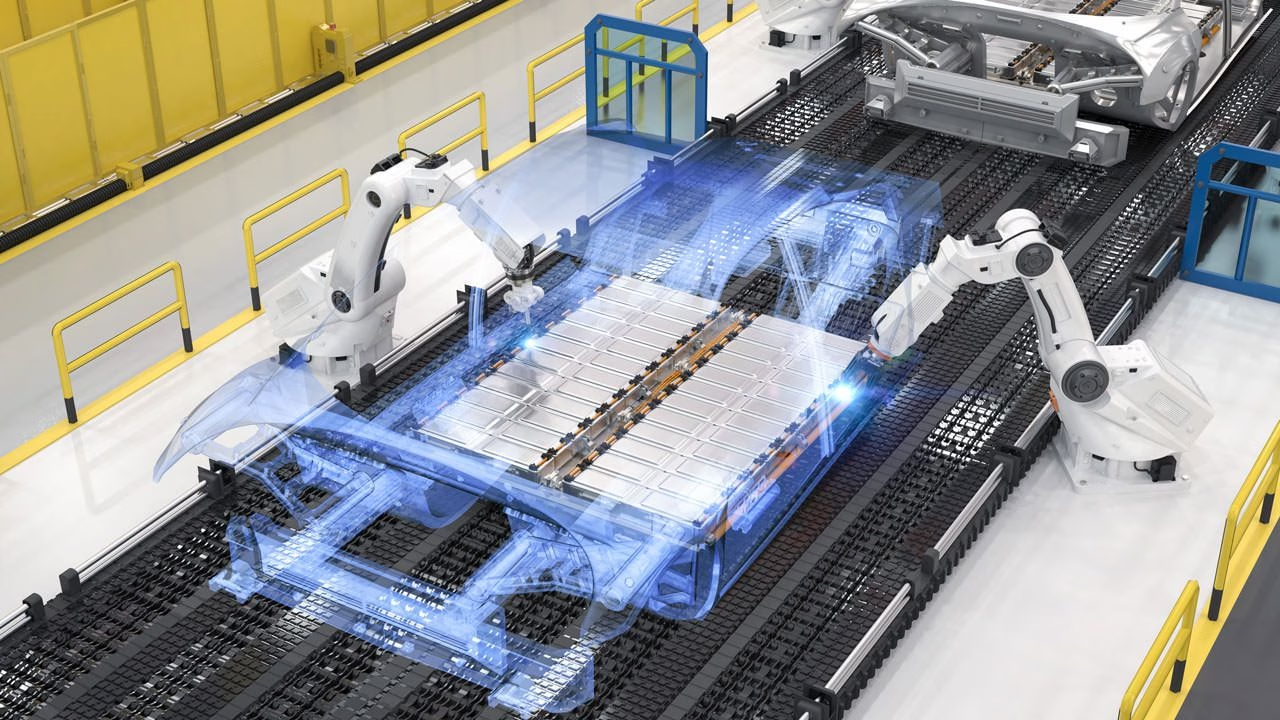Introduction to Auto-Negotiation
In modern networking, ensuring devices communicate efficiently requires that their configurations match. However, auto-negotiation allows devices to establish communication even with different settings. This feature is commonly found in Ethernet devices, specifically in Network Interface Cards (NICs). Through auto-negotiation, devices communicate their configurations and automatically adjust for optimal performance.
Why Auto-Negotiation is Important
Consider two devices: one supports 10 Mbps, while the other supports 100 Mbps. Without auto-negotiation, the device with the lower speed may struggle to keep up, resulting in data loss and communication failures. Auto-negotiation addresses this by allowing devices to communicate their maximum capabilities and agree on the best possible speed and duplex mode. This ensures that communication is maintained without data overload or congestion.
How Auto-Negotiation Works
When enabled, auto-negotiation allows devices to exchange information about their capabilities. This is done using Fast Link Pulses (FLP), which send a burst of 16-bit encoded data containing the network configuration settings. These pulses are sent during device startup or when a network connection is established. Both devices then agree on the lowest compatible configuration to begin communication. This negotiation happens for parameters such as speed, duplex mode, and flow control.
Key Parameters in Auto-Negotiation
Auto-negotiation involves several key parameters:
- Speed: Determines the maximum data rate at which devices can communicate.
- Duplex Mode: Defines whether the devices can send and receive data simultaneously (full duplex) or one at a time (half duplex).
- Flow Control: Helps prevent data loss by managing data flow between devices.
- Master-Slave Configuration: Determines the primary (master) and secondary (slave) device roles during communication.
For the negotiation to proceed, both devices must acknowledge the received settings via the FLP. This ensures that they agree on the terms before the actual data transfer begins.
The Role of Fast Link Pulses (FLP)
FLP plays a crucial role in auto-negotiation. It sends out bursts of electronic pulses that contain all necessary configuration information. The 16-bit code within these pulses includes details such as speed, duplex mode, and other communication parameters. When devices acknowledge the FLP, they agree on the configuration settings, paving the way for seamless communication.
Conclusion
Auto-negotiation simplifies network configuration and enhances communication reliability. By automatically adjusting the connection parameters, it ensures that even devices with different capabilities can communicate effectively. With the increasing complexity of networked environments, this feature plays a vital role in maintaining optimal network performance.

 6G Controls - Leading Supplier of New & Original PLC 、DCS Parts and Automation Controller
6G Controls - Leading Supplier of New & Original PLC 、DCS Parts and Automation Controller
